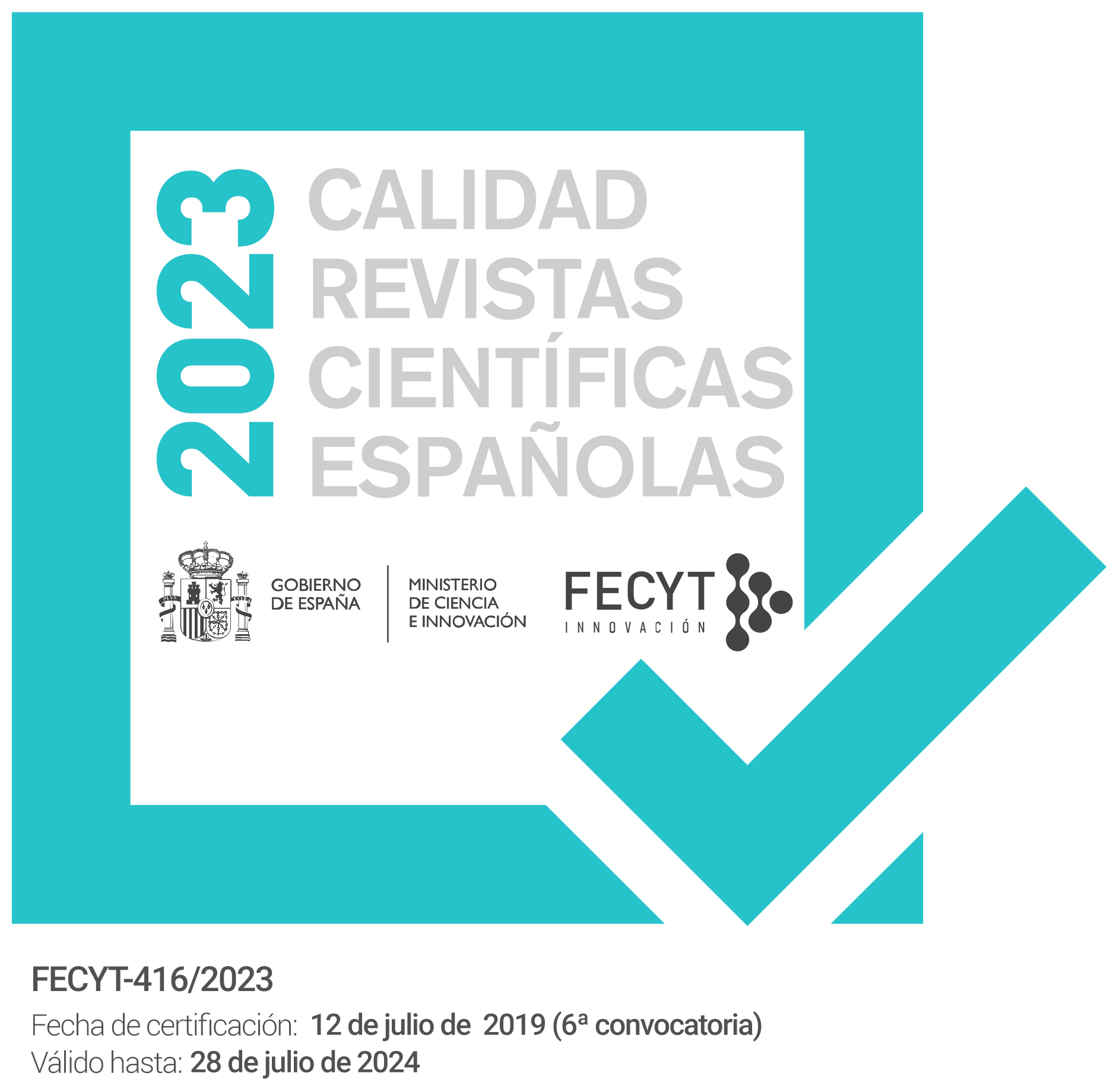Aproximación a las haciendas eclesiásticas en Gran Canaria: las parroquias rurales (1598-1621)
Keywords:
parroquia, ingresos, visitas de fábrica, clero, Iglesia, parish, incomings, clergy, ChurchAbstract
El estudio de los ingresos parroquiales en este periodo a través de las Visitas de Fábrica nos permitirá aproximarnos a la economía de cada zona y a la gestión realizada por los mayordomos de las parroquias. Éstas contarán con fuentes de financiación diversas y diferentes según los casos, siendo centros de especial importancia financiera a través de la imposición de censos. También debemos tener en cuenta el derecho de exacción que tenía la Iglesia en este periodo a través de la percepción de los diezmos, que también vendrá representado en las parroquias grancanarias. De entre sus ingresos también debemos contar con las limosnas, sepulturas, arrendamientos, alquileres y otros ingresos menores que se corresponden con ingresos casuales y no fijos en cada parroquia, ya que son resultado de las costumbres específicas con las que se rige cada una. Entre ellas pueden observarse diferencias según fueran beneficios curados con derecho a diezmos y curatos amovibles, en muchos casos con dificultades para ser servidos por clérigos debido a su pobreza.
The aim of this essay is to achieve the study of parochial economics and the management leaded by its head through the «visitas de fábrica». The incomings are provided by several sources, such as census, sepultures, etc. which will be cause of differencies between parishes.
Downloads
Downloads
Issue
Section
License
The articles are open access distributed under the terms of the Creative Commons Attribution-NonCommercial-NoDerivatives (CC BY-NC-ND) Spain 4.0 license. Authors who publish in this journal agree with the following terms:
a) Authors retain the copyright and guarantee the journal the right to be the first publication of the work as well as licensed under a Creative Commons Attribution License that allows others to share the work with a recognition of the authorship of the work and the Initial publication in this magazine.
b) Authors may separately establish additional agreements for the non-exclusive distribution of the version of the work published in the journal (for example, place it in an institutional repository or publish it in a book), with recognition of its initial publication in this magazine.
c) Authors are allowed and encouraged to disseminate their work electronically (for example, in institutional repositories or on their own website) before and during the submission process, as it may result in productive exchanges, as well as a earliest and largest citation of published works (See The Effect of Open Access).



